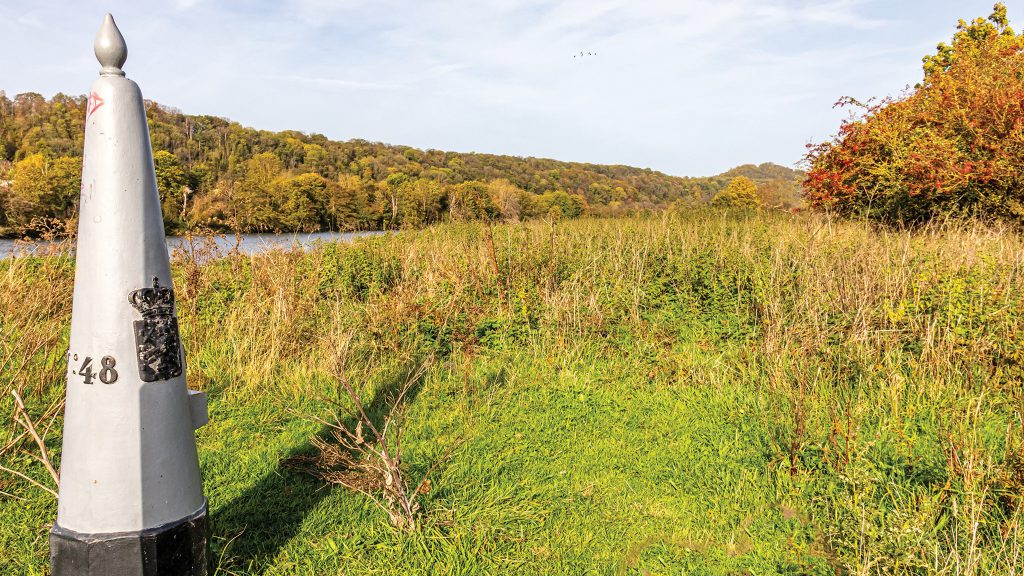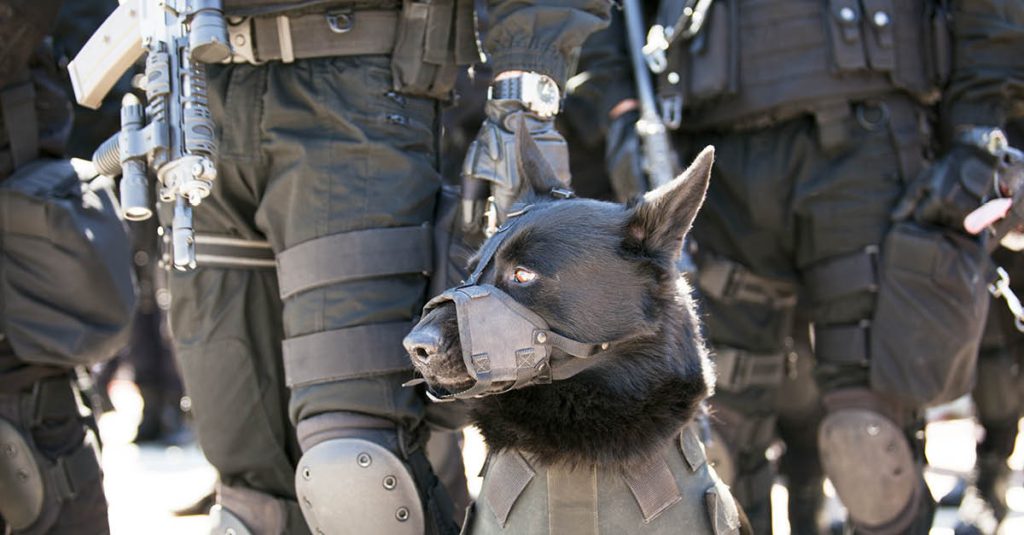Intelligent mobile border control systems combined with fixed protection posts provide a flexible and dynamic approach to border security, offering maximum security in areas where physical barriers are not possible or preferred.
Border security is a crucial issue in many countries, particularly those with porous or disputed borders. While physical barriers such as walls or fences are the preferred solution, they can be costly, difficult to maintain, and controversial. However, alternative approaches can help secure borders without relying on physical barriers.
“Even when fencing cannot be placed in certain open areas due to restrictions or governmental decisions, border security can still be provided through a combination of measures. Combining intelligent portable border control systems with fixed protection posts is an effective approach. Combining these two elements allows for a flexible and dynamic border security solution that can adapt to changing circumstances and provide maximum security in areas where fences are not feasible or desirable”, says Col. (Res.) Yaron Sitbon, VP of the land department at TAR Ideal (an Avnon Group company).
Several locations worldwide, including the Schengen Area in Europe, the Canada-US border, and many small island nations have open borders without physical barriers. The Economic Community of West African States (ECOWAS), East African Community (EAC), and some Southern African countries have open borders. Despite the benefits of open borders, effective border security remains a significant challenge in many regions due to limited resources, political instability, and porous borders that facilitate the movement of illicit goods and people.
“In these critical areas, surveillance technologies and intelligence-gathering solutions can be installed to provide a robust and reliable defence against unauthorised entry”, says Sitbon.
“By placing these solutions in predetermined locations along the open border, security forces can receive timely warnings of intrusions and suspicious movements. Since it allows for continuous monitoring and rapid response to potential security threats, such an approach represents a permanent and effective defence strategy”.
“To enhance border protection, portable border control systems can be used in combination with permanent protection mechanisms. These portable systems can be mounted on tactical vehicles and equipped with surveillance technologies. By conducting continuous situational assessments on a daily, weekly, and monthly basis, security forces can respond to alerts received through intelligence gathering. This approach allows for flexible and mobile defence strategies, as security forces can position themselves according to the alert and concentrate their efforts on areas of highest risk. By utilising portable border control systems, countries can strengthen their border defence capabilities and respond more effectively to potential threats”.
As Sitbon points out, unlike borders with physical barriers, open borders need a containment area to control the entry of perpetrators: “To contain perpetrators within the country’s own territory, an agreed zone must be established. This containment area allows perpetrators a certain degree of freedom to cross the open border within specific parameters where border force protection can contain their presence and movements at all times, and intervene if necessary”.
Intelligence gathering as a top priority
Sitbon also emphasises intelligence gathering as a top priority for border security: “Investing in accurate and timely intelligence allows security forces to receive early warnings of potential threats and make better-informed assessments. This enables a more effective response to terror organisations planning to penetrate the border, as well as to dormant cells that may be located deep within the territory or in neighbouring countries. By focusing on intelligence gathering, countries can take a proactive approach to border security and mitigate risks before they turn into significant threats”.
Enhancing cooperation with neighbouring countries is vital. By sharing information and resources, governments can better coordinate their efforts to prevent illegal crossings and criminal activities. Joint patrols, intelligence sharing, and joint training exercises can all help improve border security.
“Consider a village situated between two countries – there is a risk of infiltration from the village into the neighbouring country”, says Sitbon, “A village in such a situation must be considered part of the depth limit and movement within it must be permitted as long as it does not affect critical assets. Alternatively, it may be necessary to impose restrictions on unauthorised movements and illegal activities within the village, such as drug smuggling and terrorist activities. The level of cooperation between the two countries will determine the feasibility of such measures. Cooperation and information sharing with neighbouring countries are essential to ensuring an effective open-border defence strategy”.
Risk management is crucial
“In countries with extensive open borders, particularly in Africa where appropriate infrastructure may be lacking, risk management should be implemented to determine where to focus border security efforts in preventing infiltration. It is important to prioritise areas that are more vulnerable to potential threats”.
Sitbon concludes: “Securing an open border requires a comprehensive and strategic approach that involves studying the area, gathering intelligence, deploying forces equipped with appropriate training and equipment, strengthening situational awareness by deploying sensors, radar posts, observation towers, and UAVs, implementing a multi-layered surveillance and defence, and centralising all means effectively through integrated and hierarchical command and control systems”.
“This is a whole methodology that involves a lot of effort, strength building, training, exercises and constant improvement. Although there is no quick solution, investing time, motivation, and resources into this approach can result in an effective border security solution that can adapt to changing circumstances”.





